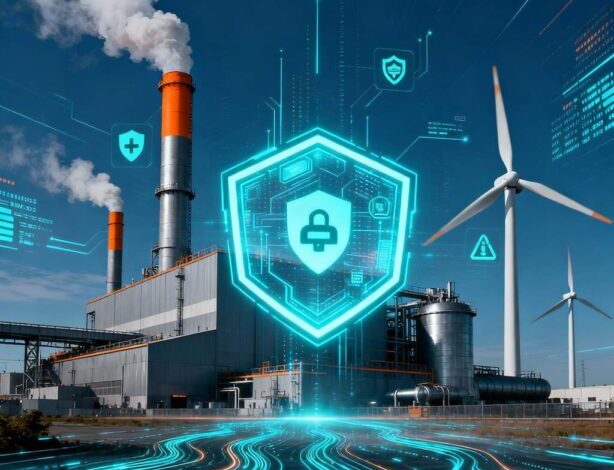The Rise of Cyber Resilience in Manufacturing and Energy

The tech hype cycle has been radically disruptive to the manufacturing and energy sectors over the last several years. Along with these changes, there is an increased demand for greater security. However, cyber-resilience has now taken center stage. The term is designed to ensure that industries are resilient, adaptive, and recoverable from cyber threats.
This emphasis on resilience ensures operations continue while at the same time keeping sensitive data safe. As threats become more sophisticated, organizations need comprehensive industrial cyber security solutions to protect their critical infrastructure. Understanding the significance of this strategy in the energy and manufacturing sectors will pave the way for progressive growth and strength in an increasingly connected world.
The Cyber Resilience Necessity
Cyber resilience is more than a defense mechanism. It means the ability to keep going in the presence of possible interruptions. This is critical for manufacturing and energy industries that depend on integrated systems. A cyberattack can result in operational disruption, financial losses, and reputational damage. These industries need to make sure they are resilient so that they remain functional and secure even when facing advanced persistent threats.
Challenges to Manufacturing and Energy
Both sectors face unique challenges. In manufacturing, smart machinery and automated processes create more vulnerabilities. Attackers target systems to stop production lines or steal intellectual property. The stakes are higher for energy. A breach in national infrastructure could have widespread consequences affecting entire regions. Identifying these threats is essential to formulating effective countermeasures that address sector-specific risks.
Strategies for Building Resilience
Resilience is constructed from technology combined with processes and people. The use of the latest security technologies helps identify and respond to threats quickly. This includes the deployment of firewalls, intrusion detection and prevention systems, and encryption. Second, organizations need clear protocols and procedures. Conducting routine security audits and risk assessments is vital. Lastly, personnel training is essential. Educating employees about cybersecurity best practices helps create a vigilant workplace culture.
Technology Adoption for Better Security
Technology plays an important role in the security landscape. Advanced monitoring systems use automated detection methods to analyze network activity in real time. By looking for patterns that appear out of the ordinary, these technologies can stop an unauthorized breach before it begins. According to the National Institute of Standards and Technology, implementing a comprehensive cybersecurity framework significantly reduces vulnerability to attacks. Furthermore, blockchain technology provides a reliable way to facilitate secure transactions and data exchange. These technological advancements build a foundation for a robust infrastructure.
Collaborative Efforts and Partnerships
Building resilience requires partnership. Collaboration between manufacturers and energy providers enables shared insights and resources. Industry partnerships help standardize security protocols and establish best practices. Additionally, governments can provide the regulatory framework and support infrastructure necessary to guide organizations. Together, stakeholders can lay down the foundations for a safer tomorrow by creating interconnected defense mechanisms.
Continuous Improvement and Adaptation
Cyber resilience is not a one-time effort. It requires continuous analysis and improvement. As threats evolve, so must the strategies to tackle them. Companies keep their defenses up to date through regular security assessments and ongoing training programs. This mindset nurtures a forward-thinking culture that can respond to changing circumstances more efficiently and maintain operational excellence.
The Role of Leadership
Effective cyber resilience starts at the top with leadership. Leaders must recognize security as a baseline aspect of business strategy. By investing in necessary resources and cultivating a culture of awareness, they guide their entire organization toward better protection. Building cyber resilience requires commitment from leaders who understand that security investments protect both assets and reputation.
Why Being Cyber Resilient Is Vital
Emphasizing resilience brings numerous benefits. It guarantees a continuity of operations and shields essential procedures from interruption. It also protects important data, minimizing the chances of costly data breaches. A resilient approach also builds trust among customers and partners, as companies demonstrate their commitment to security. In today’s competitive market, such trust is invaluable and can differentiate organizations from their competitors.
Conclusion
The rise of cyber resilience in manufacturing and energy represents an important development for industrial security. It ensures industries remain protected and resilient against cyber threats while continuing to function and keeping their data intact. Organizations can establish a strong line of defense against emerging threats by adopting advanced technologies, encouraging collaboration, and maintaining focus on continuous improvement. Leadership commitment to enhancing security as a strategic priority is essential for long-term success. In an ever-changing threat landscape, maintaining focus on resilience will continue to play a key role in securing a sustainable competitive advantage.




